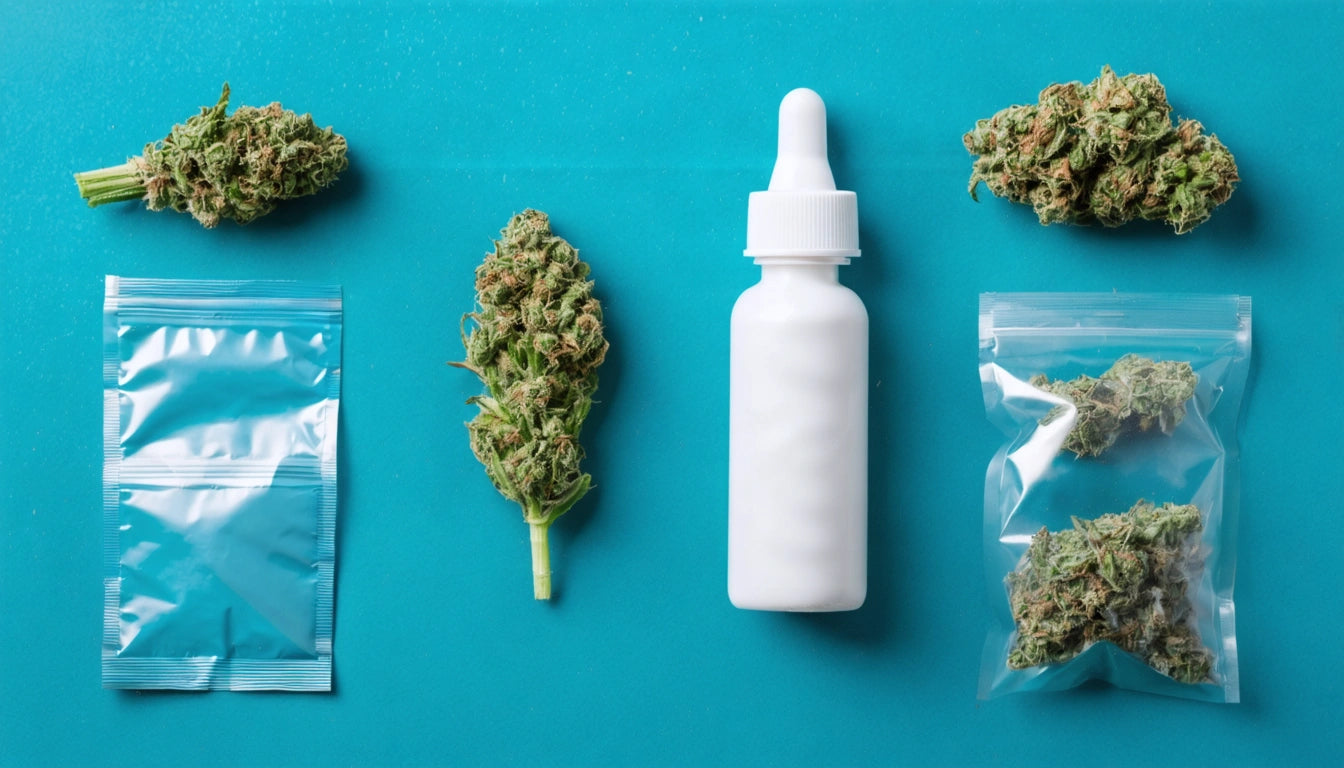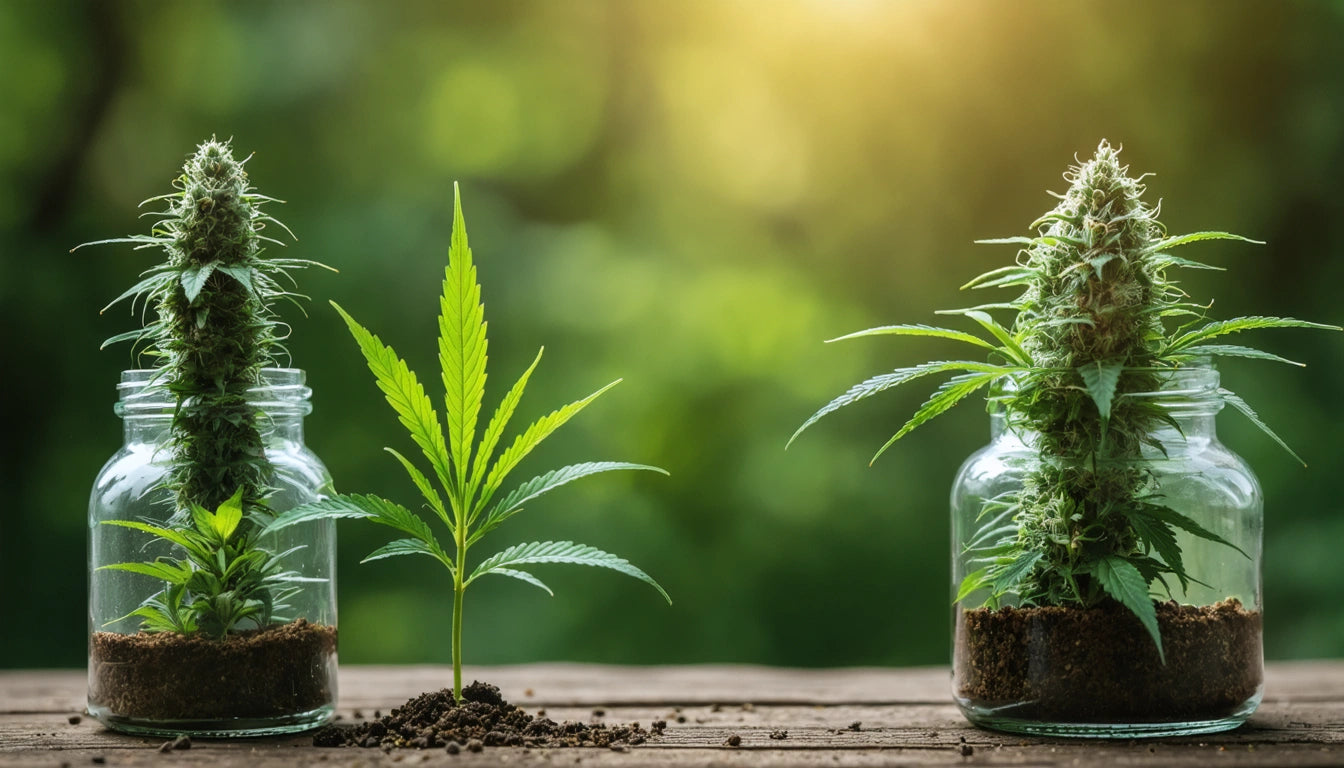What to Do If Your Dog Eats Weed: Symptoms, Risks, and Immediate Actions
Cannabis ingestion in pets has become increasingly common as marijuana becomes more accessible. Understanding what happens if a dog eats weed and how to respond appropriately can be crucial for your pet's wellbeing. This guide outlines the symptoms to watch for, immediate steps to take, and potential risks when your canine companion accidentally consumes cannabis products.
Recognizing Symptoms of Cannabis Ingestion in Dogs
Dogs are significantly more sensitive to THC than humans. When a dog ingests marijuana, symptoms typically appear within 30 minutes to 3 hours and may last 24-72 hours depending on the amount consumed. Knowing what happens if your dog eats weed starts with recognizing these common signs:
- Lethargy and disorientation
- Dilated pupils and glassy eyes
- Uncoordinated movement (ataxia)
- Urinary incontinence
- Hypersensitivity to touch, light, and sound
- Slow heart rate (bradycardia)
- Vomiting
- Tremors or seizures in severe cases
The severity of symptoms depends on several factors including your dog's size, the amount consumed, and whether they ingested dried flower, edibles, or concentrates. What happens if a dog eats marijuana flower may differ from ingestion of edibles, which often contain additional toxic ingredients like chocolate or xylitol.
Immediate Actions to Take
If you suspect your dog has consumed cannabis, acting quickly is essential. Here's what to do if your dog eats weed:
1. Assess the Situation
Determine what and how much your pet consumed. Was it flower, edibles, or concentrates? This information will be valuable for veterinarians. As research on canine cannabis exposure indicates, different forms of marijuana affect dogs differently.
2. Contact Your Veterinarian
Call your vet or an emergency animal clinic immediately. Be honest about what happened, as accurate information is crucial for proper treatment. Veterinarians are primarily concerned with your pet's health, not reporting drug use.
3. Do Not Induce Vomiting Without Professional Guidance
Unlike some toxins, inducing vomiting for cannabis ingestion is not always recommended, especially if your dog is already showing neurological symptoms.
Understanding the Risks of Marijuana Toxicity
While cannabis toxicity in dogs is rarely fatal, it can cause serious complications. The primary concerns include:
Aspiration Pneumonia
Dogs with severe marijuana intoxication may vomit and, due to their compromised state, inhale the vomit into their lungs, causing aspiration pneumonia.
Respiratory Depression
In high doses, THC can suppress respiratory function, particularly in smaller dogs or those with pre-existing conditions.
Dehydration
Prolonged vomiting, decreased water intake, and increased urination can lead to dehydration.
Understanding what happens if a dog eats weed stems is also important. While stems contain less THC than flower, they can still cause toxicity and potentially create intestinal blockages. Additionally, studies on cannabis toxicity show that the concentration of THC in modern cannabis products is much higher than in previous decades, increasing risk.
Treatment Options for Canine Marijuana Ingestion
Treatment for cannabis ingestion in dogs typically involves:
Decontamination
If the ingestion was recent and the dog is not showing neurological symptoms, the veterinarian might induce vomiting or administer activated charcoal to reduce absorption.
Supportive Care
This includes IV fluids to prevent dehydration, temperature regulation, and monitoring of vital signs.
Medication
Anti-nausea medications may be given to control vomiting, and in severe cases, medications to control seizures or support cardiac function might be necessary.
Most dogs recover fully within 24-72 hours with appropriate veterinary care. The prognosis is generally good when treatment is sought promptly. Knowing what to do when your dog eats weed can make a significant difference in recovery time and outcome.
Prevention Strategies for Pet Owners
The best approach is prevention. Consider these strategies to keep your pet safe:
- Store all cannabis products securely in child-resistant packaging solutions that also work well for pet-proofing your stash
- Keep edibles, concentrates, and flower in high cabinets or locked containers
- Clean up any dropped flower, stems, or residue immediately
- Be cautious with disposal of used materials
- Educate guests about the importance of keeping cannabis products away from pets
- Consider creating a separate, secure space for pets when using cannabis
By understanding what happens if your dog eats weed and taking appropriate preventive measures, you can enjoy cannabis responsibly while keeping your furry companions safe. Remember that dogs cannot understand the effects they're experiencing, which can make intoxication especially distressing for them.
If you suspect your dog has ingested cannabis in any form, don't hesitate to seek veterinary care. Quick action and honest communication with your veterinarian provide the best chance for a full and speedy recovery.











Leave a comment
All comments are moderated before being published.
This site is protected by hCaptcha and the hCaptcha Privacy Policy and Terms of Service apply.